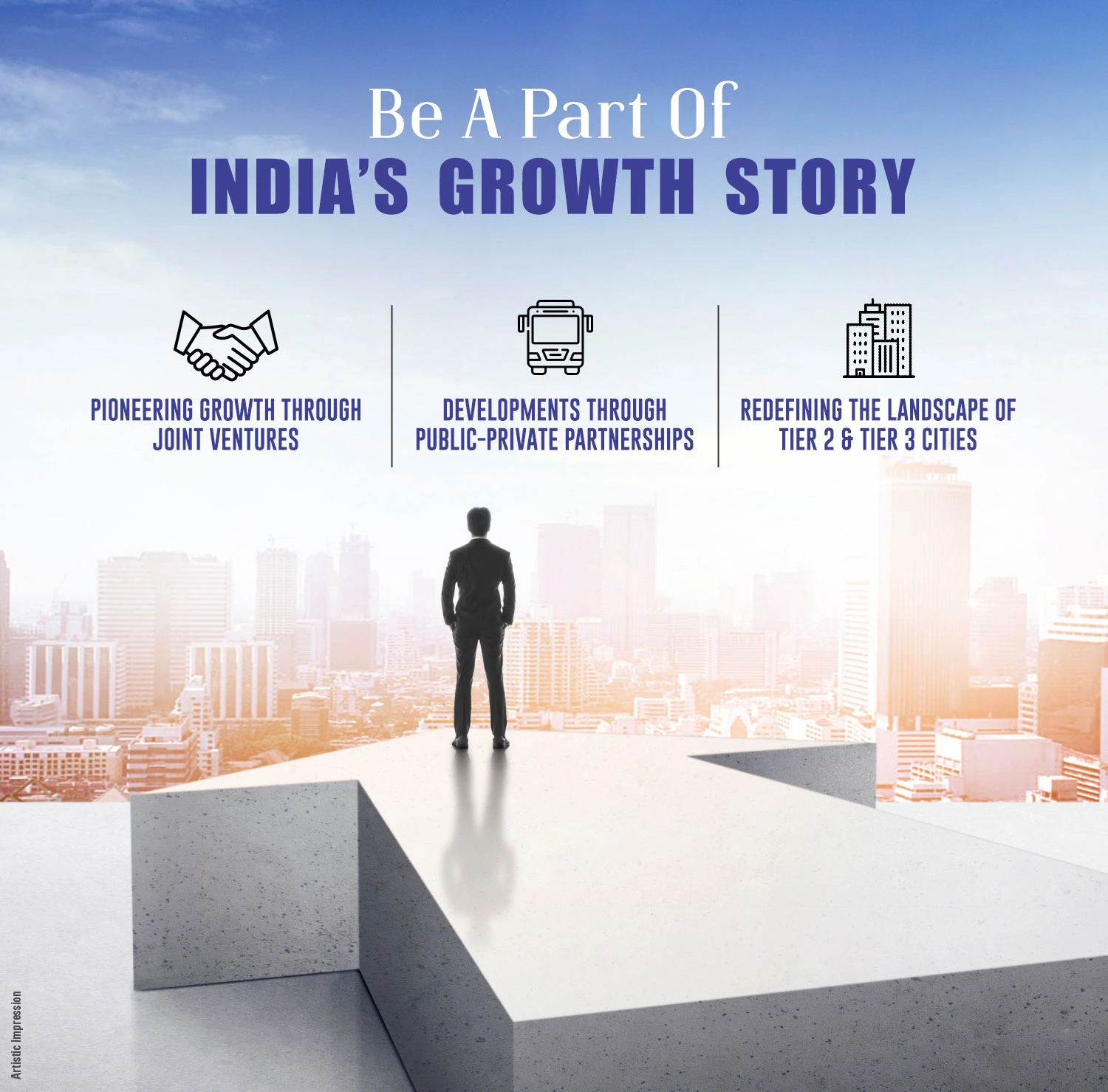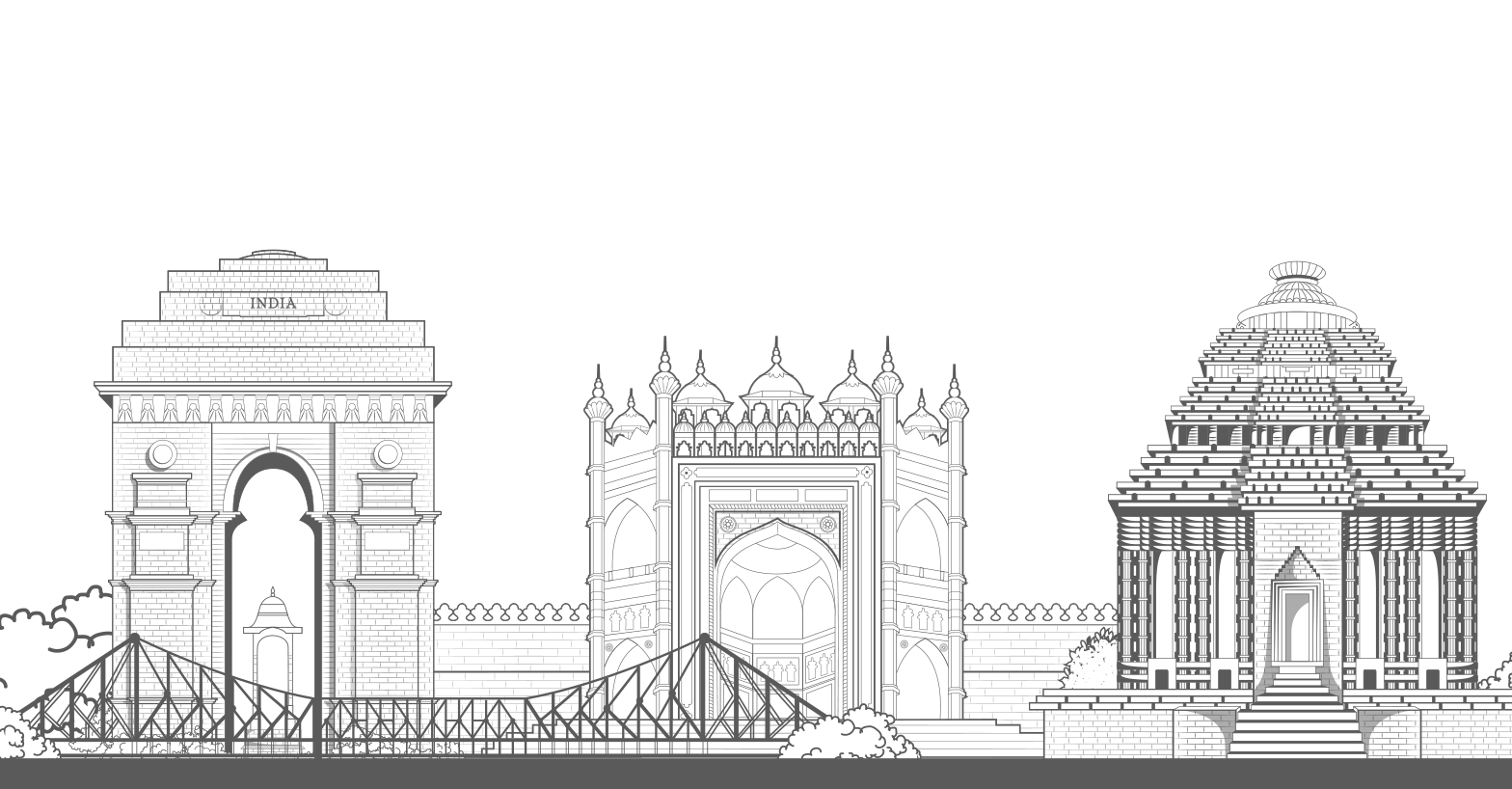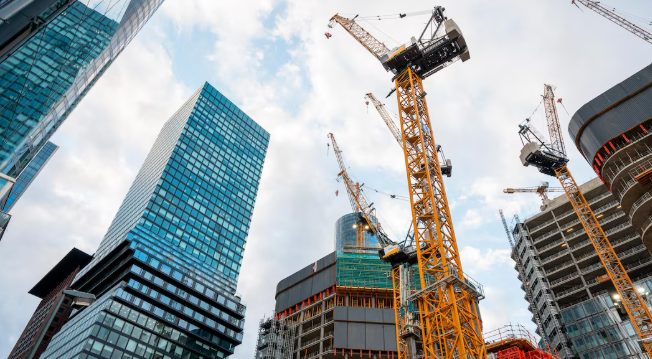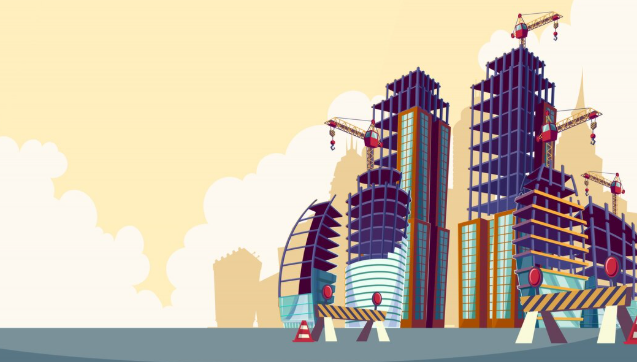
Driving Growth: The Economic Impact of Infrastructure Development
Infrastructure shapes economies. Roads, transit hubs, commercial complexes, and clean public spaces do more than beautify cities they unlock productivity, improve lives, and drive investment. In India, developers who master this are fueling growth, especially in underserved Tier-2 and Tier-3 cities. Among them, BeTogether, a venture by Omaxe, is putting infrastructure development front and center, transforming communities through public-private partnerships and joint ventures.
Why Infrastructure Development Matters for Economic Growth
Good infrastructure acts as economic multiplier. When a road improves, it reduces travel time; when a bus terminal is modernized, commuting becomes efficient; when commercial zones are planned well, business activity increases. These improvements lead to:
- Job creation during construction phases, from architects and civil engineers to laborers and electricians.
- Increased productivity, as businesses waste less time and resources due to poor logistics.
- Real estate value appreciation, especially in areas gaining improved roads, transit, utilities.
- Improved quality of life, with better public amenities, sanitation, transport all helping retain talent and attract investment.
BeTogether: Infrastructure with Social & Economic Returns
BeTogether’s projects are illustrative of how infrastructure development can be leveraged for broad benefits. A few examples:
- Modernizing Bus Terminals across UP: Under PPP with UPSRTC, BeTogether is upgrading six key bus terminals in cities like Lucknow (Gomti Nagar & Amausi), Ghaziabad, Prayagraj, Kaushambi, and Ayodhya. These projects are not just about waiting halls. They combine heritage-inspired design with state-of-the-art amenities: automated ticketing, digital displays, air-conditioned waiting lounges, escalators, lifts, and enhanced security.
- Investment scale is large: about ₹2,700 crore investment with projected revenues of over ₹4,700 crore. The built-up area spans tens of lakhs of square feet both commercial and public infrastructure.
- Beyond transportation, mixed-use townships (e.g. in Indore) show how large integrated projects spread infrastructure ripple-effects across housing, roads, amenities, utilities, retail, and social infrastructure.
Economic Impacts in Practice
Here are the concrete ways such developments drive growth:
- Boost to Local Economies
Construction work alone injects money via wages, purchase of local materials, supplies. For example, projects like bus terminal modernization generate demand for local labor, small businesses, vendors of commodities like cement, steel, tile, and so on. - Enhanced Connectivity & Mobility
Better terminals, transit infrastructure means smoother passenger flows. This raises efficiency in travel, reduces lost hours, and enables people from peripheral regions to access jobs, education and markets more easily. - Commercial Growth & Retail Ecosystem
Infrastructure anchored around public utilities bus terminals, transit hubs also become magnets for retail, food & beverage outlets, commercial shops. This produces secondary economic activity. BeTogether’s integrated designs ensure commercial zones are woven into public infrastructure, generating ongoing revenue. - Revenue & Real Estate Appreciation
Land values around improved infrastructure tend to rise. Investors and residents benefit. Also, commercial real estate in modernized terminals or townships gains more tenants, better rent rates making them sustainable long term. - Social Benefits & Livability
Clean, efficient public spaces, better waiting conditions in terminals, safer commuting these reduce friction in daily life. They reduce pollution, health risks, and can keep people safer. Good infrastructure attracts talent and can slow out-migration from smaller cities.
What Makes a Developer Stand Out: Features of Top Infrastructure Delivery
To generate these wide economic benefits, infrastructure developers must be more than just builders. Key traits include:
- Public-Private Partnerships (PPP) Expertise
BeTogether’s model shows strength here partnering with government bodies (like UPSRTC) to share risk, investment, and ensure projects are aligned with public need. - Holistic Planning
Beyond core function (e.g. transport), developments must include amenities, technology, comfort, safety, and commercial components to make them viable and maintainable. - Sustainability & Heritage Integration
BeTogether doesn’t just build concrete; its designs include heritage-inspired architecture, public convenience, and environmental sensibilities. - Commitment to Tier-2 / Tier-3 Cities
Economic impact is multiplied when communities previously under-served get quality infrastructure. BeTogether’s focus on cities beyond the major metros helps spread growth. - Scale and Financial Clarity
Large projects (multi-lakh square feet, crores of investment), clearly articulated revenue models, timely delivery all matter. BeTogether’s large terminal modernizations and township developments demonstrate this.
Challenges and Required Mitigations
No infrastructure development is without challenges. Here are the common ones and how developers like those under the Omaxe umbrella address them:
- Land acquisition & regulatory hurdles
Timely clearances are crucial. BeTogether uses JV/PPP structures to streamline approvals. - Financing & Cost Overruns
Large sums are committed; discipline in budgeting, transparent cost tracking, phased rollouts help curtail blowouts. - Maintenance & Operational Sustainability
After construction, many public facilities suffer from neglect. Integrating commercial revenue (shops, commercial spaces) helps fund ongoing upkeep. - Ensuring Demand & Utilization
Investors must ensure that facilities will see enough usage good location, proper feeder infrastructure, connectivity, last-mile access etc. Bus terminal modernization includes user amenities to encourage commuters.
Best Infrastructure Development Company India: Role & Rationale
When looking for leadership in this space, developers who can combine financial strength, design excellence, credibility, and social commitment stand out. BeTogether under Omaxe is positioning itself as one of the top players by focusing on PPPs, redevelopment of legacy infrastructure, scaling in Tier-2/3 cities, integrating commercial spaces with public utility, and delivering high impact. That is why many consider them among the best infrastructure development company India-class developers who can actually execute.
Broader Economic Impacts: Multiplier Effects
Large infrastructure projects usually generate multiplier effects:
- Indirect jobs in manufacturing, transport, supply chains.
- Boost in ancillary services restaurants, cleaning, parking, retail which flourish around upgraded infrastructure.
- Improved tax revenues for local governments.
- Better public transport infrastructure reduces congestion, pollution, improves health outcomes.
Case Study: Bus Terminal Modernization Projects
To bring all this together, consider BeTogether’s modernization of six bus terminals in Uttar Pradesh:
- Key features like digital amenities, modern waiting lounges, AC, lifts, escalators, etc.
- The project covers approx 70.80 lakh sqft built-up area, 45.59 lakh sq ft saleable area.
- With investment of ~₹2,700 crore and expected revenue of over ₹4,700 crore.
- Considerable economic boost in localities improving passenger experience, attracting commercial tenants around terminals, increasing land and commercial values.
Conclusion
Infrastructure development isn’t merely about cement and roads it’s about enabling possibility, reducing friction in daily life, stimulating economies, and enabling progress. Through its BeTogether initiative, Omaxe shows how strategic investments in public infrastructure, transit hubs, townships, and PPP projects can drive meaningful economic impact, especially in cities that need it most.
As India charts its growth path, infrastructure-led development will remain a key lever. For investors, governments, and communities, backing developers who combine vision, execution, financial discipline, and social responsibility those who act like the best infrastructure development company India can lead to sustainable growth, higher prosperity, and communities that thrive for decades.
FAQs
What role does infrastructure development play in India’s economic growth?
Infrastructure creates jobs, improves connectivity, and raises productivity across industries, leading to sustained economic growth.
How do projects like modern bus terminals benefit local communities?
They enhance mobility, attract commercial activity, boost real estate value, and improve public convenience.
Why are public–private partnerships important for large infrastructure projects?
PPPs share financial and operational responsibilities between government and private firms, ensuring faster delivery and better quality.
What makes BeTogether a notable player in Indian infrastructure?
BeTogether focuses on modern, integrated developments such as bus terminal upgrades and large townships combining social impact with commercial viability.
How can investors benefit from infrastructure-led development?
Investors gain from rising property values, consistent commercial demand, and long-term revenue generated by high-impact public projects.





